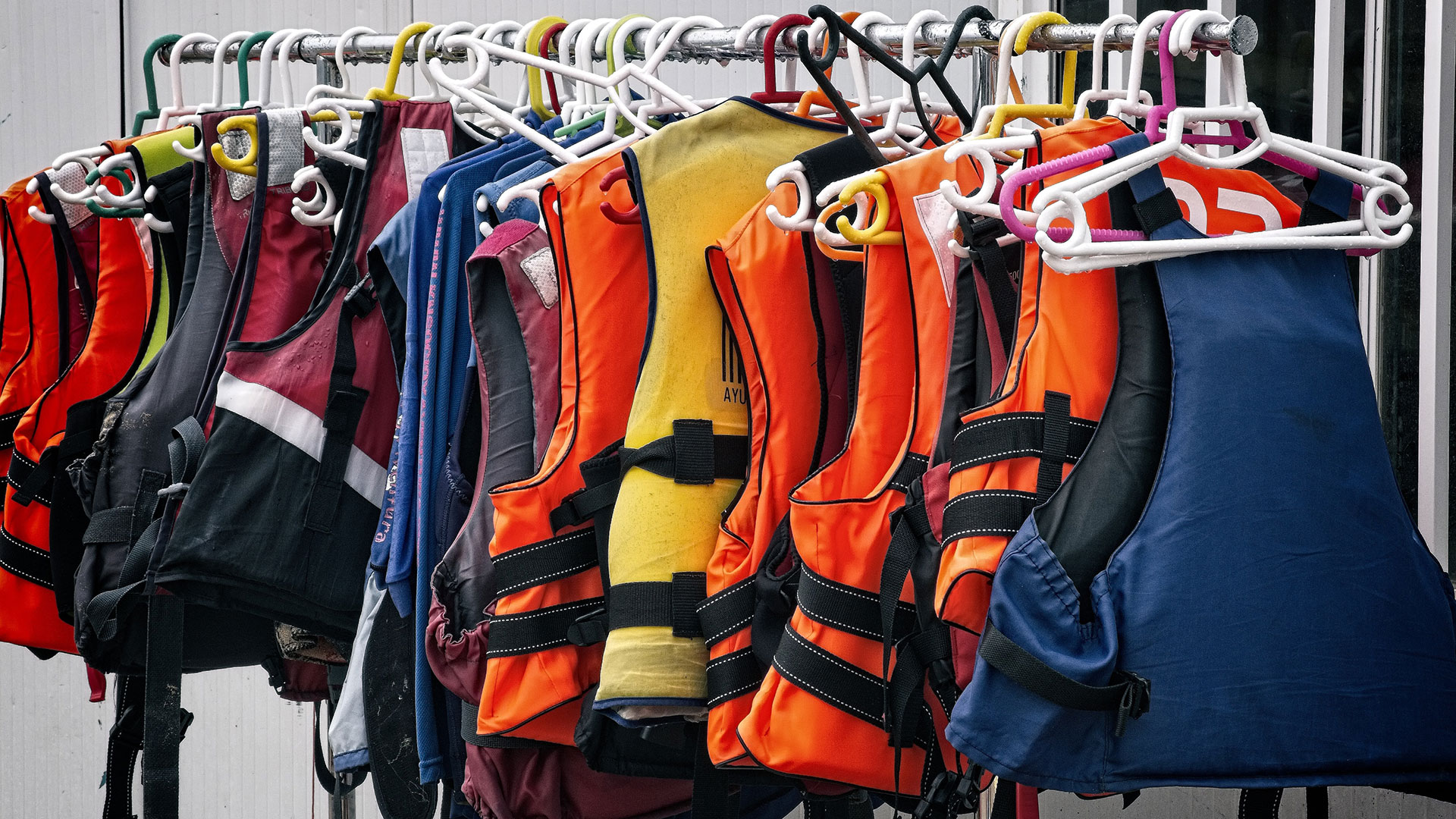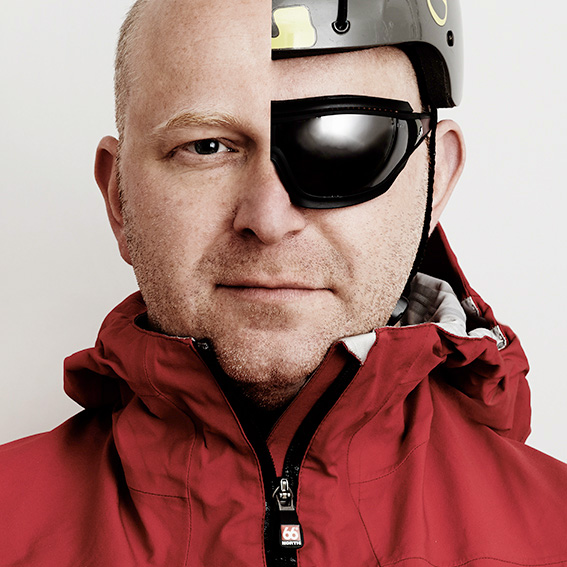What are the different types of life jacket, and which one do I need?
There are loads of flotation devices on the market – here's your guide to what the different standards mean


There are a host of different types and styles of life jackets, or PFD (Personal Floatation Devices) on the market. They come with different ratings based on the level of buoyancy they deliver. In the UK, life jackets are rated by levels (50, 100, 150 and 275), which in the US, it's type 1-5. This guide walks though what the different levels mean, along with the other features you should be looking for before you make your purchase.
Although choosing the best life jacket for your planned sport or leisure activity is pretty important, the most vital thing is to wear one in the first place. The official advice is to wear the relevant type of buoyancy aid or life jacket unless you’re totally certain you don’t need one, but any organised watersport will tend to simply wear one by default, which is a sensible choice.
Just getting started on the water? Check out our guide to the best paddle board for beginners, the best wetsuit to keep you warm and protected, and the best water shoes to help you hop in and out of water in comfort.
Is a buoyancy aid different to a life jacket?
The big split in UK ‘life jacket’ definitions is between buoyancy aids and life jackets. Buoyancy aids are exactly what they say on the tin: aids to staying afloat and swimming to safety. They tend to be used in situations where you might expect to end up in the drink, such as windsurfing, for example. Buoyancy aids are usually made of foam, making them nice and robust (ideal for paddling adventures) as well as being multi-use, and requiring little in the way of maintenance. The down side is that they also tend to offer relatively low buoyancy compared to proper life jackets.
Life jackets are the high-performance safety tools for more serious offshore situations, the key differentiator being that they are designed to turn an unconscious person into a safe, face-up posture in the water. The benefits are obvious in the event of a boating accident, for example, where even a minor spill might result in people ending up in the water.

What do the life jacket ratings mean in the UK?
To help you choose from these two classes of PFDs, there is a handy buoyancy rating system in the UK. It's based on the ISO 12402 international standard, which has four levels – all measures of Newtons lift. These are 50, 100, 150 and 275, although many brands will exceed the lower performance figure, especially in the lowest categories, where physical sizing will have a direct impact on buoyancy. For example, a size small buoyancy aid might actually provide 55N of buoyancy, but an extra large 75N.
Level 50: the lowest rating is used for buoyancy aids, where help is close at hand and the person is assumed to be able to swim competently to safety (or back to their craft, etc)
Get all the latest news, reviews, deals and buying guides on gorgeous tech, home and active products from the T3 experts
Level 150: a general purpose lifejacket, ideal for offshore activities such as fishing and motor boating
Level 275: the top level is a similar general device, but with beefed up buoyancy to offset bulky clothing in colder, rougher situations
How does the US life jacket rating system work?
The US has a slightly different rating system, albeit with quite similar groupings of flotation devices or PFDs:
Type 1 are offshore life jackets designed to turn an unconscious person face-up in the water, roughly the equivalent of the UK’s 150 or above
Type 2 are near-shore life jackets, usually made from bulky foam, the broad equivalent of the 100N in the UK
Type 3 are purpose-built for some activity, such as kayaking or paddleboarding, but have the same buoyancy as the Type 2
Type 4 are throwable aids, such as ring buoys
Type 5 are designed for a specific use, such as deep sea fishing and yacht racing
Are there different styles for different activities?
With those broad definitions in mind, there are a host of additional devices and variations that will suit different pursuits. Buoyancy aids for paddling tend to be cut to keep the arms free, for example, and better versions will incorporate storage pockets and reflective detailing for low-light occasions.
Life Jackets will range from low-buoyancy rating foam, through manual Co2 inflation models, to fully automatic inflation triggered by immersion. The latter group also have varying levels of sensitivity to water, some requiring extended immersion, some triggering relatively immediately – the idea being that you pick the level that's least likely to result in your life jacket accidentally inflating due to spray or splashes.
Many life jackets will have some form of crotch strap arrangement, which is intended to stop the inflated jacket riding up over your head, and some buoyancy aids will feature this too. Offshore life jackets often feature lights and whistles to attract attention, as well as a spray hood to fend off rougher seas. In addition, ocean-going jackets may include dye-markers and personal locator beacons (PLBs) to increase the chances of rescue in more remote or challenging waters. Another consideration for this class of lifejackets is a harness D ring attachment to prevent you from going overboard in the first place.
As with most outdoor equipment, and particularly safety equipment, choosing the right life jacket for you will hinge on where you plan to use it, as well as the specific sport or activity to a lesser extent. That may well dictate the style of the life jacket, but choosing one that suits your body shape and activity will be a vital step in comfortably wearing it for longer periods too. Whatever your choice though, remember to wear it – and have fun!

Mark Mayne has been covering tech, gadgets and outdoor innovation for longer than he can remember. A keen climber, mountaineer and scuba diver, he is also a dedicated weather enthusiast and flapjack consumption expert.